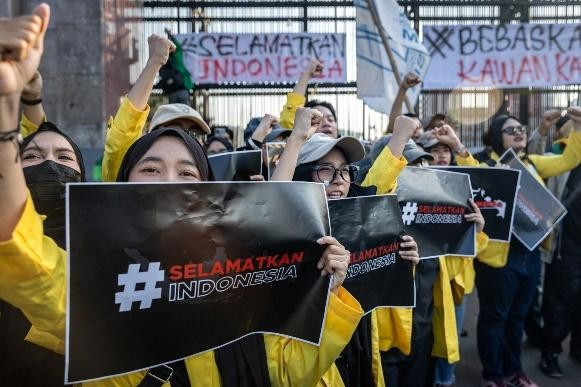Popular Reads
Top Results
Can't find what you're looking for?
View all search resultsPopular Reads
Top Results
Can't find what you're looking for?
View all search resultsUnlocking competitive edge: Strategies for effective bank pricing
By understanding the significance of these interest rates and how they can be leveraged to achieve business goals, banks can develop a competitive edge in the market.
Change text size
Gift Premium Articles
to Anyone
I
n the competitive landscape of the banking industry, pricing strategy plays a crucial role in attracting and retaining customers while ensuring profitability. One effective way that banks optimize their pricing strategy is through the strategic management of interest rates on current account savings accounts (CASA) and special rates.
By understanding the significance of these interest rates and how they can be leveraged to achieve business goals, banks can develop a competitive edge in the market. CASA accounts are a key component of a bank's deposit base, representing the funds that customers hold in the bank for their day-to-day transactions. These accounts typically offer lower interest rates compared to other deposit products such as fixed deposits or savings accounts. However, by increasing the interest rates on CASA accounts, banks can attract more customers to deposit their funds in these accounts, thereby expanding the customer base and increasing the overall deposits held by the bank.
Special rates, on the other hand, refer to promotional interest rates offered by banks to attract new customers or encourage existing customers to deposit more funds. These rates are often higher than the standard rates and are usually applicable for a limited time. By strategically promoting special rates on specific deposit products or services, banks can generate interest and excitement among customers, leading to increased deposits and improved customer retention.
One of the primary ways banks optimize their pricing strategy through increasing CASA interest rates and special rates is by aligning them with market trends and economic conditions. By closely monitoring the interest rate movements set by the central bank and competitors, banks can adjust their own rates to remain competitive and attractive to customers.
Currently, the special rate interest in rupiah has increased, approaching treasury securities and surpassing loan interest rates. The increase in the special rate interest has also exceeded its long-term trend, especially in state-owned banks and regional development banks. Most banks have started increasing pricing for CASA, particularly current accounts. Furthermore, the rise in expensive rupiah funding, which has exceeded rupiah loan interest rates and is approaching the cost of issuing treasury securities, indicates that the utilization of expensive funds will be temporary and not sustainable for banks. Moving forward, the continued potential increase in state-owned banks' deposit interest rates will drive up the deposit interest rates of regional development banks and national private commercial banks, which will then be transmitted to foreign bank branches in the second round.
However, the room for increasing special rate interest is becoming more limited, especially for regional development banks and state-owned banks. To maintain profitability, banks are implementing operational efficiencies and are only partially passing through third-party funding interest rates and credit interest rates. In the future, the increase in credit interest rates will remain limited as banks continue efforts to keep credit flowing, while the expected decline in government securities yields is anticipated.
The projected decline in the United States Federal Reserve Fund Rate in the second half of 2024 is also affecting banks' expectations of the end of the high-for-longer period. Indonesian banks are already adjusting their credit interest rates downward because of the decreasing Fed Fund Rate projection. Based on the Integrated Bank Financial Report, credit interest rate spreads have decreased from a range of 6.50 percent to 7.54 percent in 2020 to 4.46 - 6.67 percent in 2024 across all bank groups.



















